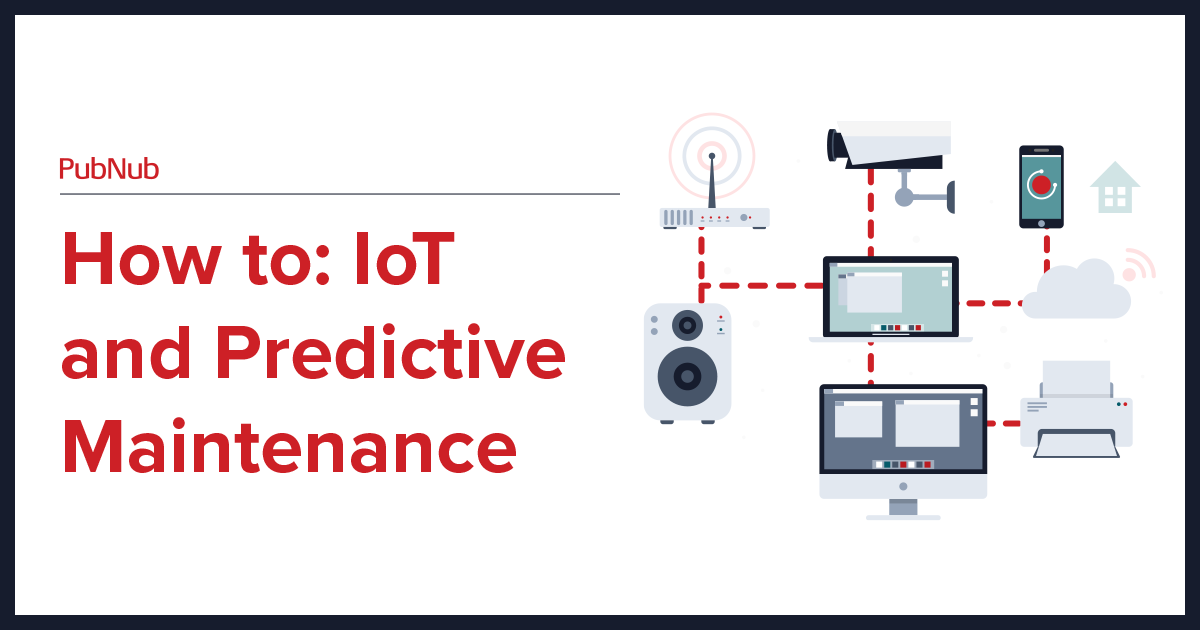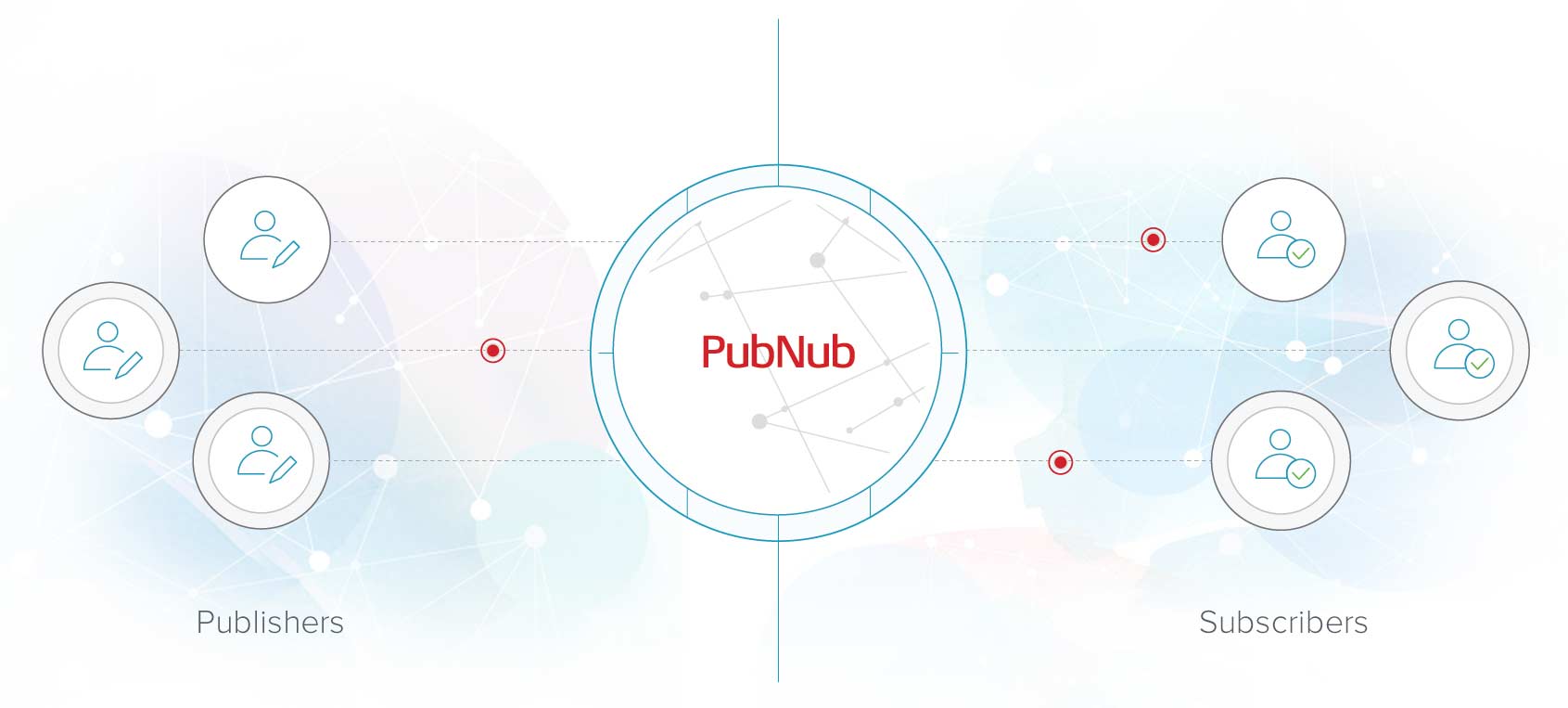Introduction to Programmable Logic Controllers (PLCs)
Programmable Logic Controllers (PLCs) are ruggedized computers used in industrial automation. They control machinery by processing inputs, executing programmed logic, and sending commands to outputs, ensuring efficient and reliable operation in various industries such as manufacturing, transportation, and energy. They are highly reliable and efficient, performing simple to complex tasks. Initially developed in the 1960s to replace mechanical relays.
How PLCs work?
Here are some key characteristics and functions of PLCs:
Input/Output (I/O) Handling: PLCs interact with sensors and actuators in the physical world through digital and analog inputs and outputs. They receive signals from sensors, process them according to a program, and then send commands to actuators to control machinery.
Programming: PLCs are programmed using specialized software, typically ladder logic, function block diagrams, or structured text. These programming languages are designed to be easily understood by engineers and technicians with a background in electrical or mechanical engineering.
Real-time Operation: PLCs operate in real-time, meaning they respond to input signals and execute control logic within a deterministic time frame.
Reliability and Durability: PLCs are designed to operate in harsh industrial environments with high levels of noise, vibration, and temperature fluctuations. They are built to withstand these conditions and maintain reliable operation over long periods.
Modularity and Expandability: PLC systems are modular, allowing for easy expansion and customization. Additional I/O modules can be added to accommodate changes in the control system requirements.
Remote Monitoring and Control: PLCs can be connected to higher-level control systems or networks, allowing for remote monitoring and control of industrial processes. This enables real-time data acquisition, analysis, and decision-making.
Choosing Hardware for a PLC System
Choosing hardware for a PLC system requires careful consideration of several factors, such as the type of application, performance requirements, and environmental conditions. The type of processor used is a critical consideration, as it affects the PLC's memory capacity, speed, and power consumption. I/O modules are also essential components that provide connectivity to sensors and other equipment, and their type and number depend on the specific application.
Environmental conditions, such as extreme temperatures, humidity, and vibration, should also be considered when selecting hardware. Choosing hardware that can withstand harsh environments and minimize the risk of hardware failures is essential.
Vendors in the PLC Space
Several vendors offer PLC hardware, software, and services, including Rockwell Automation, Siemens, Schneider Electric, ABB, and Mitsubishi Electric. Choosing a vendor requires considering reputation, experience, and support services. Selecting a vendor that offers products and services compatible with existing equipment and software is crucial.
Common Problems and Solutions in PLC Control Systems
PLC control systems can experience various problems, including hardware failures, communication problems, and programming errors. To minimize hardware failures, choosing high-quality hardware components and ensuring proper installation and maintenance is essential. Communication problems can be prevented by selecting a network appropriate for the application and configuring it properly. Programming errors can be reduced by following best practices for coding, such as using comments and structuring code logically.
Understanding common problems and their solutions can help minimize downtime and improve the reliability of PLC systems. As PLCs become increasingly modular and offer more capabilities, they play a critical role in industrial processes, including process control, motion control, and production line automation. Integrating PLCs with other technologies, such as HMI, SCADA, and IIoT further enhances their functionality and potential for optimizing industrial automation processes.
PLCs world most popular brands
Siemens: One of the oldest manufacturers, offering the SIMATIC PLC series known for reliability and performance in industrial automation.
Rockwell Automation (Allen-Bradley): Provides PLC solutions including the ControlLogix and CompactLogix series, widely used across industries.
Mitsubishi Electric: Offers PLCs under the MELSEC series
Schneider Electric (Modicon): Provides a diverse range of PLCs under the Modicon brand, catering to different automation needs across industries.
ABB: Offers PLC solutions through the AC500 series, designed for applications ranging from small-scale to complex industrial automation systems.
Omron: Known for the Sysmac series, offering flexible and scalable PLC solutions
Delta Electronics
Beckhoff Automation
Hitachi (Hitachi Industrial Equipment Systems)
Yokogawa Electric Corporation: Offers PLC solutions for process control and industrial automation, particularly in sectors such as oil and gas, chemicals, and power generation.
Panasonic Electric Works Corporation (Panasonic PLCs)
Fuji Electric Co., Ltd. (FRENIC): Offers PLCs as part of its FRENIC series, designed for applications such as motion control, energy management, and factory automation.
GE Digital (GE Intelligent Platforms): Provides PLC solutions under various series, including the PACSystems series, offering programmable automation controllers for diverse industrial applications.
Eaton Corporation (Eaton PLCs): Offers PLCs and automation solutions under brands like Cutler-Hammer and Eaton/Moeller, catering to industrial control and automation requirements.
WAGO Kontakttechnik GmbH & Co. KG: Known for modular PLCs and I/O systems
Phoenix Contact: Offers PLC solutions and industrial automation products, including controllers, I/O modules, and software.

